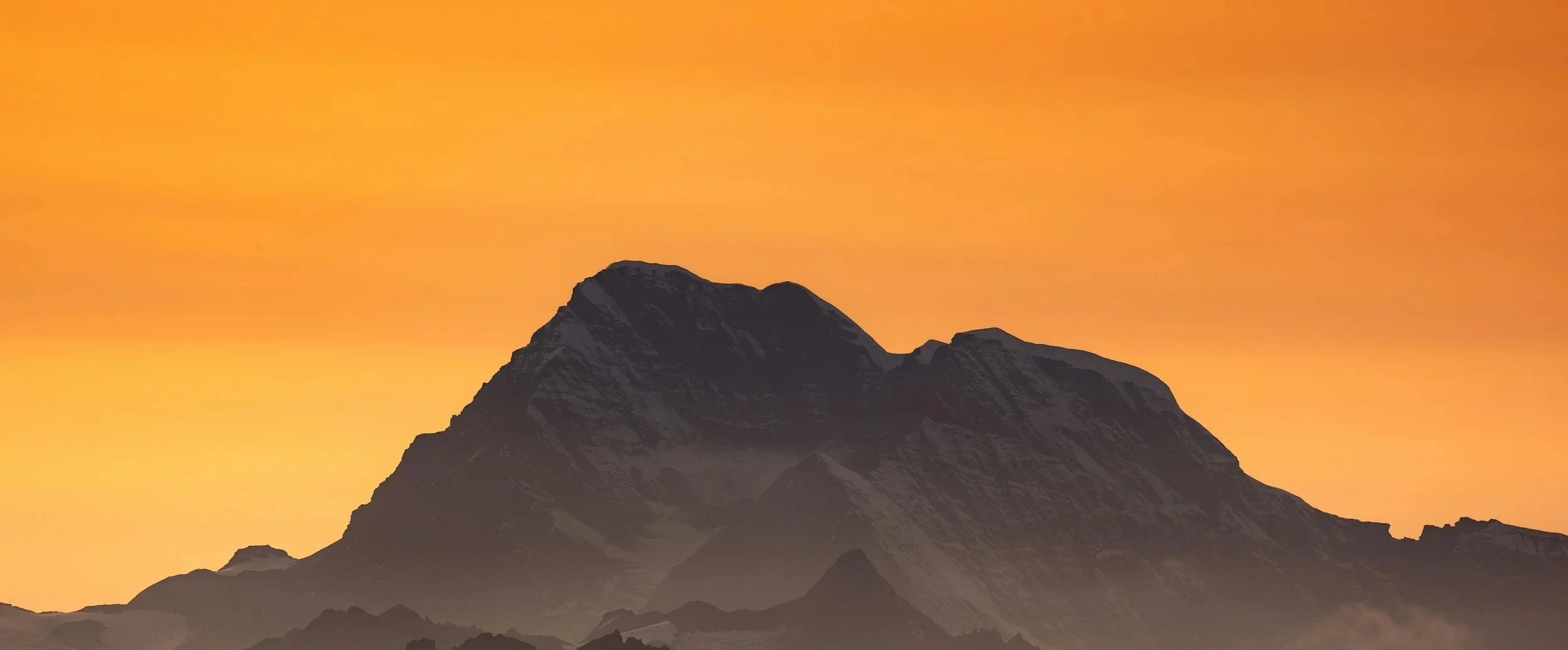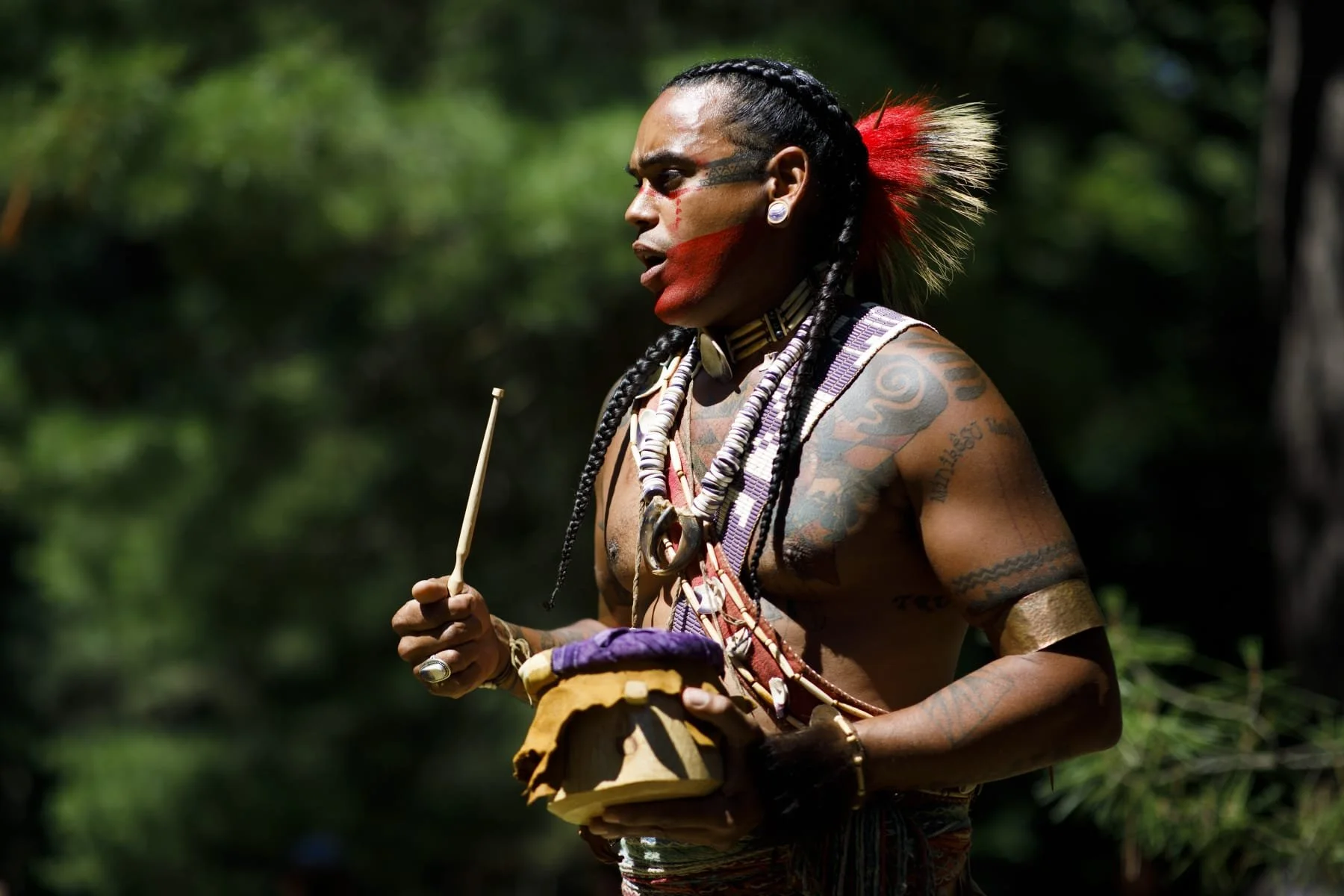
No Loose Braids (NLB)
Reviving Eastern Woodlands bioculture and freshwater stewardship (Nipi) across Nipmuc homelands
KinHub
Profile
-
Goal: $200,000 Seed Funding (Operations, program design, partnership strategy)
Critical Outcomes (2026–2028):
+25% increase in traditional ecological tending and restoration of Atlantic White Cedar (AWC) wetlands across Nipmuc territory (Massachusetts).
Biocultural resilience for freshwater systems (Nipi): ritual land care, controlled burns, cedar swamp revival, wild rice restoration.
Youth pathways & family stability: year-round food sovereignty, cultural apprenticeships, and outdoor learning tied to land stewardship.
Risk reduction & savings: expanded AWC wetlands to store floodwaters, reducing community and municipal flood losses.
-
Emerging: We share the vision and are building the relational and cultural foundations.
We most desire operating systems support and relational weaving with diverse regional partners so that traditional ways of knowing guide bioeconomy and public land decisions.
-
Andre StrongBearHeart Gaines Jr. — enrolled citizen of the Nipmuc Nation, culture bearer, Tribal Historic Preservation Officer, educator, recovery mentor, founder/creative director of No Loose Braids.
Contact: Andre Strongbearheart Gaines Jr. • BioCulture: Nipmuc peoples in relation with other Native nations
“When we create the spaces and work for our peoples spirit to tookish(wake up), the land will wake and heal in a reciprocal relationship we call nooswetamooonk. (our sacred agreement with the earth)”
-
No Loose Braids (NLB) braids Eastern Woodland communities together through continuity and reciprocity: traditional homes (wetuash), dugout canoes (mishoonash), hide tanning, drum-making, wild rice revival, youth mentorship, and co-management of forests and wetlands with public agencies.
We restore biocultural governance so that state forestry and conservation work aligns with millennia-tested Nipmuc care for water, cedar, soil, and kin.
-
The $200,000 first milestone establishes NLB’s seedbed of relationships and capital strategies for a GrandMothering Economy across ground zero for colonial expansion on Turtle Island. Features of the future economy include:
Community Homestead & Training Campus: teaching barn + 13 tiny homes for apprentices/keepers; an anchor for multi-season cultural and ecological education
AWC Wetlands Revival Program: seasonal tending, corridor restoration, seed/propagule nurseries, and cultural burns to reactivate cedar swamp ecologies.
Freshwater Stewardship Suite (Nipi): wild rice mapping & revival, riparian habitat work, beaver coexistence practices, fish/hunt skills transfer.
Youth & Family Stability: stipended apprenticeships, recovery-informed coaching, winter food distribution, and cultural school partnerships.
Co-Management & Monitoring: collaborative plans with state/municipal agencies; cultural inventory reports; climate-risk mapping for flood mitigation
Operating Systems & Relational Weaving: admin/ops backbone, data & comms, intertribal exchanges, and regional partner alignment.
-
Nipmuc territory spans central/western Massachusetts into parts of the east—forests, riverways, mountains—with Hassanamisco (Hassanamisset) at the center. As freshwater people, our duty is first to Nipi: keeping wetlands and headwaters alive so forests, wildlife, and communities thrive. Many mountains still bear our names; access and authority, however, remain contested.
-
NLB is Nipmuc-led, partnering with municipalities, agencies, schools, land trusts, and local residents.
Governance includes a monthly Nipmuc council and seasonal obligations aligned with ceremony— where decisions, consent, and discipline of care are renewed.
-
Keystone habitat: foundation for birds, mammals, amphibians, insects; unique vegetation communities.
Imperiled systems: all four AWC wetland types in Massachusetts are ranked S2 (imperiled) by NHESP and require active protection.
Regional significance: MA holds one-third of the Northeast’s cedar wetlands; ~4,300 acres (>25% cover) plus 2,600 acres (5–25% cover).
Flood mitigation: cedar swamps store stormwater; 2023 floods caused hundreds of millions in statewide damages (e.g., Leominster >$30M), underscoring the value of wetland recovery.
-
Challenges: capacity and infrastructure; lack of peer-level authority with institutions; transactional funding cycles; policy and permitting misaligned with Indigenous timing and techniques (e.g., cultural burns).
Opportunities: co-management arrangements; climate adaptation mandates; municipal risk-reduction budgets; philanthropic alignment with biocultural restoration; regional education systems seeking land-based learning.
-
Environmental
25% uplift in AWC tending/restoration; healthier cedar corridors, riparian buffers, and rice beds.
Increased floodwater storage; improved water quality and biodiversity.
Social & Cultural
Hundreds of families stabilized via food sovereignty and winter support.
Youth apprenticeships build identity, purpose, and employable land skills.
Revival of Nipmuc practices (mishoonash, wetuash, hides/drums) strengthens mental, spiritual, and communal wellbeing.
Economic & Risk
Avoided flood damages; reduced municipal recovery costs.
Job creation in restoration, monitoring, traditional crafts, and education.
Stronger co-management capacity for agencies through NLB guidance.
-
2020: MA Department of Conservation & Recreation tapped NLB to recover Northeast cedar swamps, help create better forestry management plans,and teach traditional ecological knowledge among the land in partnership.
2025–2027 Biodiversity Metric:+25% AWC tending/restoration across Massachusetts—seeding seven generations of ecological repair.
-
Massachusetts Department of Conservation & Recreation, Department of Labor, Harvard Forest, UMass Amherst (Hydrology), Minute Man School, Massachusetts fish and wildlife, mass audubon, Massachusetts land trust coalition.
Outputs: co-management plans, forestry management plans,cultural monitoring, and public/private land-care trainings for a reciprocal, respectful stewardship culture. 🎥 Story: No Loose Braids — AWC Wetlands (video)
-
NLB embodies Coherence + GrandFathering: a grounded return to ceremony (Zero) and the disciplined activation that follows (One/Three).
By centering Nipmuc freshwater protocol and kinship duty, NLB turns conservation into biocultural economy—where value is measured in culttual continuity, living cedar, safe/grounded families, fed youth, and floodwaters held by healthy swamps.
“There is no difference between us, the two legged and the cedar swamps and all that live in it. we must work and care for one another to survive for the next seven generations”
Invest in No Loose Braids to restore cedar wetlands, protect communities from floods, and re-establish Eastern Woodlands bioculture as everyday governance.
Your support builds the homestead campus, scales youth apprenticeships, and locks in a 25% wetland restoration trajectory for Massachusetts and the wider Northeast.

